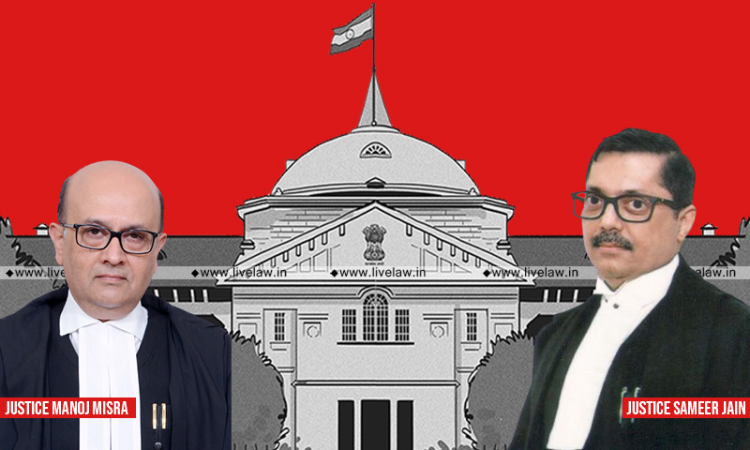The Allahabad High Court on Wednesday set aside the life sentence of a murder convict in a case that dates back to the year 1998, after concluding that the testimony of the sole eye witness in the case isn't truthful on a material particular and is inconsistent as well.The Bench of Justice Manoj Misra and Justice Sameer Jain, in its analysis of the facts, circumstances, and evidence adduced...

